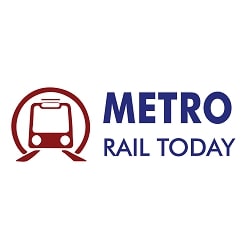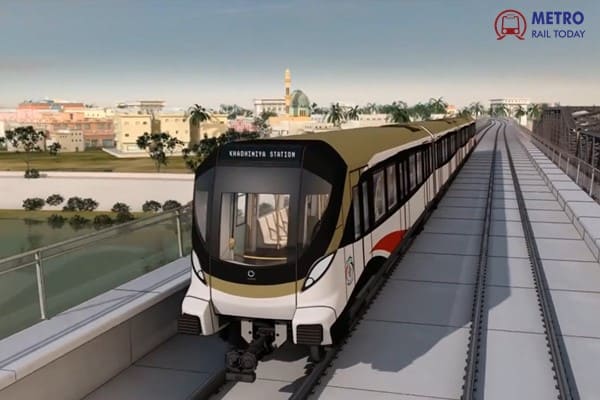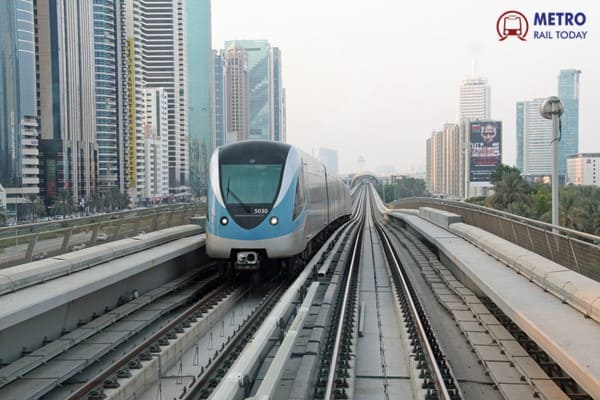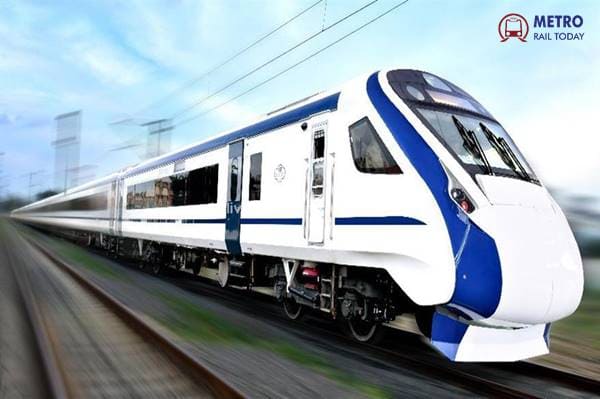 India to introduce 800 Vande Bharat Trains to redefine the future of Indian Railways by 2030
India to introduce 800 Vande Bharat Trains to redefine the future of Indian Railways by 2030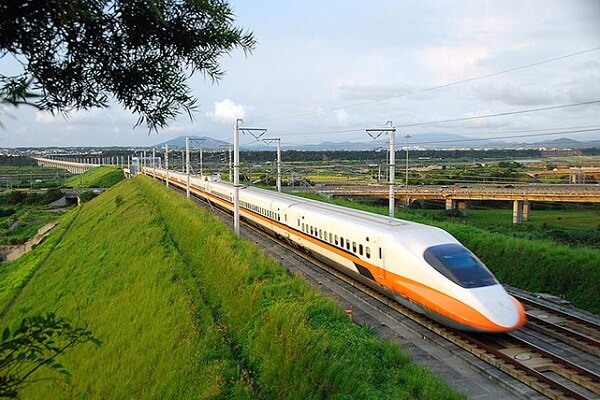 Indian Railways to develop 7,000 km of dedicated Passenger Corridors by 2047
Indian Railways to develop 7,000 km of dedicated Passenger Corridors by 2047 CMRL completes longest Twin Tunnel Breakthrough Drive for Chennai Metro Phase 2
CMRL completes longest Twin Tunnel Breakthrough Drive for Chennai Metro Phase 2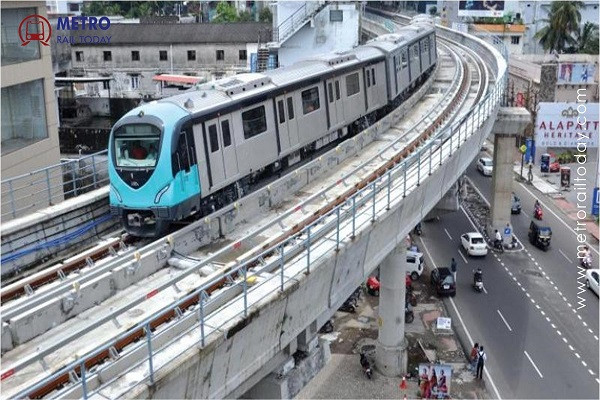 I-Metro calls for collaborative efforts to strengthen India’s Urban Rail Network
I-Metro calls for collaborative efforts to strengthen India’s Urban Rail Network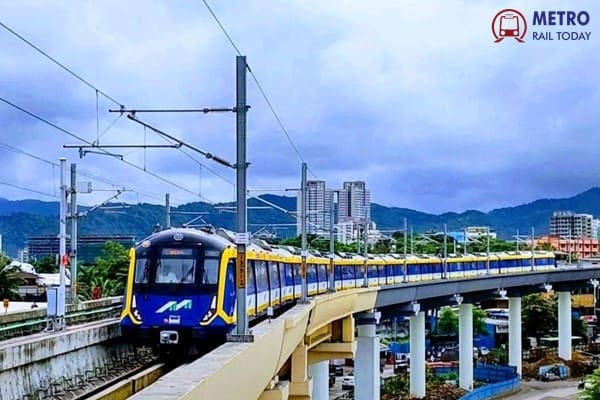 India Emerges as the World’s 3rd Largest Metro Rail Network
India Emerges as the World’s 3rd Largest Metro Rail Network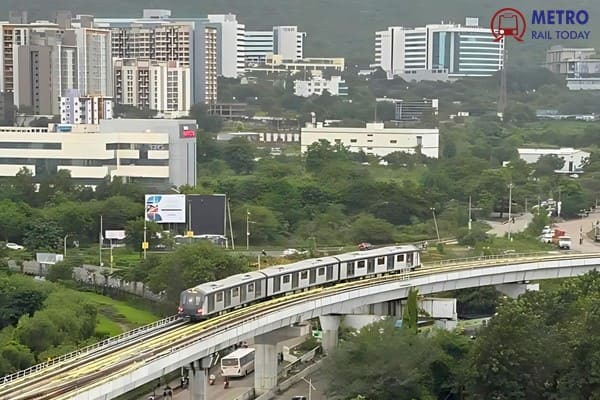 NBC Bearings and iMRail Ink Strategic Pact to power India's Next-Gen Mobility
NBC Bearings and iMRail Ink Strategic Pact to power India's Next-Gen Mobility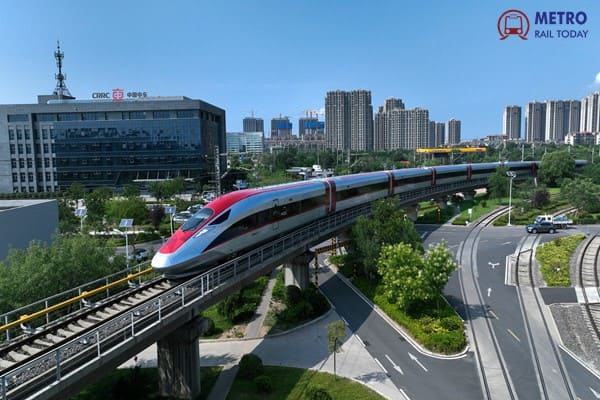 CRRC unveils the World’s First Driverless High-Speed Train capable of 200 km/h
CRRC unveils the World’s First Driverless High-Speed Train capable of 200 km/h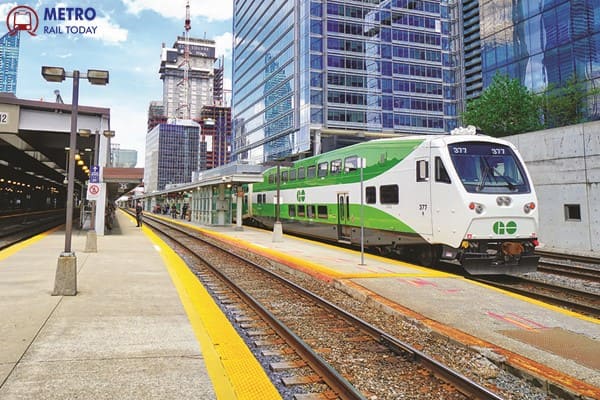 Lagos to begin construction of $3 Billion Green Line Urban Rail Project in December 2025
Lagos to begin construction of $3 Billion Green Line Urban Rail Project in December 2025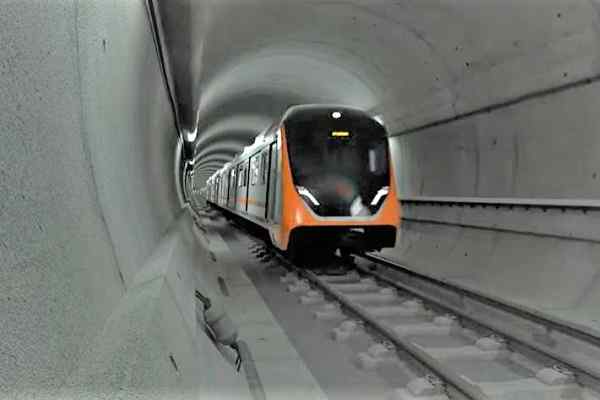 TBM Vidyarthi achieves Final Breakthrough at Kanpur Central for Kanpur Metro Orange Line
TBM Vidyarthi achieves Final Breakthrough at Kanpur Central for Kanpur Metro Orange Line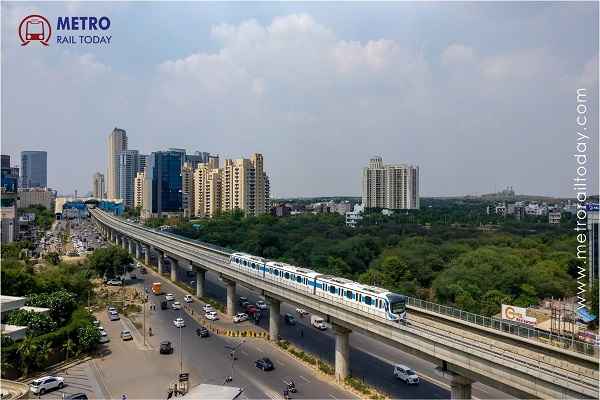 Haryana approves Spur Line connecting Gurugram Metro from Sector 5 with Railway Station
Haryana approves Spur Line connecting Gurugram Metro from Sector 5 with Railway Station
Transforming urban transport: Lessons from Quito Metro Line One
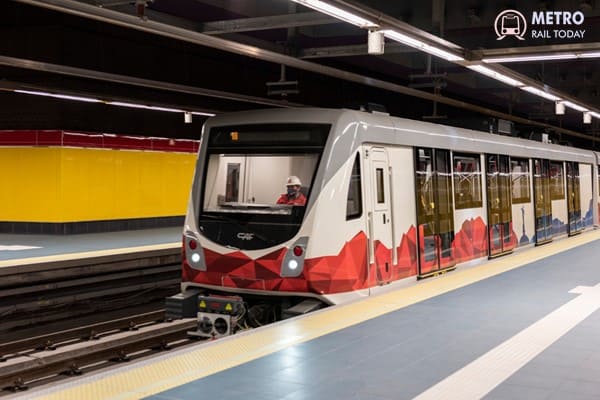
Urban transport in Quito, Ecuador, is being transformed by its new metro system. Called Metro Line One, the system is safe, fast, reliable, and clean; moreover, it provides dignity to its citizens, especially women, who rely on public transport in the country’s capital. This World Bank-supported initiative shows what can be achieved when innovation, sustainability, and inclusivity converge behind a singular vision.
Quito is a dense, transit-oriented city. Its 81-kilometer Bus Rapid Transit (BRT) corridors were maxed out and more could not be built in the downtown, a historic UNESCO-protected area. The solution was the city’s world-class Hierarchically Integrated Transit System, or HITS, a comprehensive urban mobility system that integrates various options for users, including public transport (the metro, the BRT, regular bus services) and active mobility (walking and cycling). The new Metro Line One is a key part of HITS.
The journey behind Metro Line One offers important insights for metro projects worldwide and a roadmap for achieving similar success elsewhere. Here are our five top takeaways:
A focus on inclusivity can bridge urban divisions
A large share of Quito’s low-income population lives on the city’s outskirts. Low-income residents can now access the metro by walking, cycling, or the BRT network, which is physically integrated with six metro stations. This expanded transportation network reaches across socioeconomic divides, connecting disparate parts of the city, making it faster and more convenient for users to commute to over 780,000 jobs in the city.
In addition, Metro Line One incorporates gender- and disability-related considerations into its design. The system improves women’s comfort and safety, for example, by ensuring police presence, video surveillance, and panic buttons that connect with metro security. Elevators, braille signs, and tactile paving allow people with disabilities to navigate the system more easily. As a result, access to employment, education, health, and government services is now within reach for many more people who were previously excluded.
Metro systems can drastically reduce harmful emissions
The Quito Metro, an engineering marvel, shows that urban transport can be environmentally sustainable. . Its 18 trains connect the northern and southern parts of the city in about half an hour, a trip that used to take three times longer. The system is saving an estimated 67,000 tons of CO2 emissions each year.
The metro should complement other urban transport systems
One of the outstanding features of the Quito Metro is its seamless integration with the city's existing mobility infrastructure, especially for pedestrians. By linking with BRT systems and pedestrian pathways, Metro Line One forms the backbone of Quito’s transport system. The lesson here is clear: transport solutions must consider the broader transportation ecosystem, ensuring that new initiatives enhance and complement existing infrastructure.
Good partnerships can lead to good results
Developing the Quito Metro came with its challenges, including navigating the complexities of urban construction and managing the project's fiscal demands. However, the collaborative efforts of multiple stakeholders, including multilateral financing from the World Bank, Inter-American Development Bank, Development Bank of Latin America, and European Investment Bank, coupled with strong project management ensured its successful completion. The Global Infrastructure Facility provided support through technical assistance and feasibility studies. The private sector also played a major role in construction, including in civil engineering, signaling, and electrification. Operations are managed by EOMMT, a joint venture between Transdev and Colombia’s Metro de Medellín, under a six-year contract. The project shows how strategic planning, international cooperation, and adaptive management can overcome hurdles, paving the way for replicable success in other urban contexts.
Solid data underpins good infrastructure development
Data played a pivotal role throughout the development of the Quito Metro project. Each step was guided by rigorous data analysis and performance metrics. Each decision was well-grounded in evidence, which minimized surprises. Detailed engineering design and equipment specifications facilitated bidding and reduced the risk of escalating costs. This approach can serve as a model for future project preparation.
. Travel times are reduced, the operational costs of urban transport services are lower, passenger safety and comfort have been enhanced, the underserved now have access to new opportunities, and harmful emissions have been reduced.
Guangzhe Chen, Vice President for Infrastructure and Carlos Felipe Jaramillo, Vice President for Latin America and the Caribbean, The World Bank)




